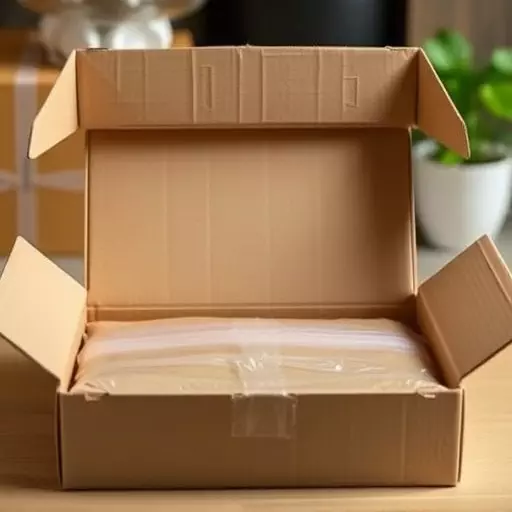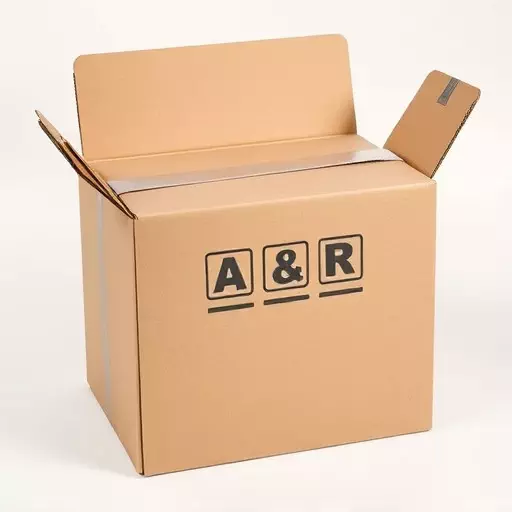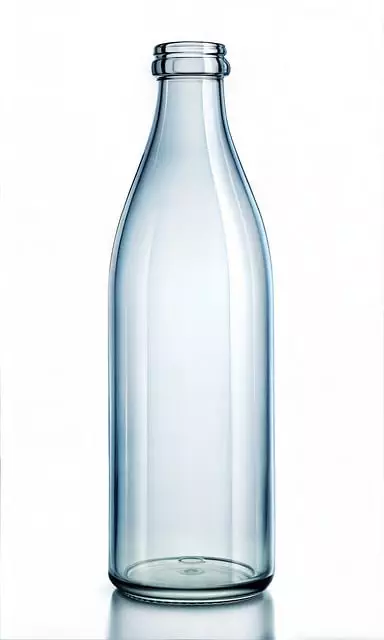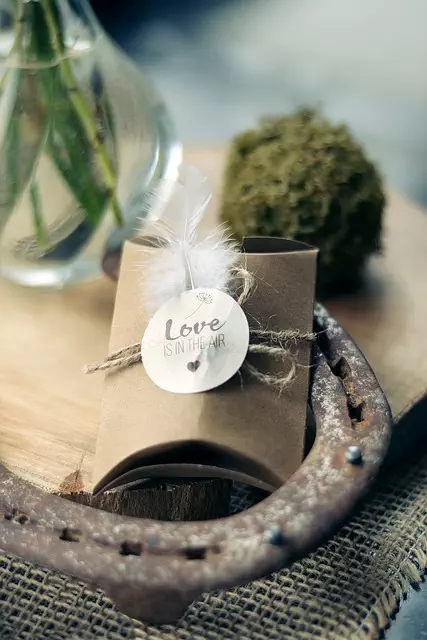Artworks requiring special care like sculptures, paintings, ceramics, and antiques need tailored fragile packaging solutions. Custom fragile packaging protects them from physical impacts, temperature fluctuations, moisture, and other environmental factors. Eco-friendly fragile packaging, using recyclable materials like recycled cardboard, bamboo, and plant-based plastics, is gaining popularity due to sustainability demands without compromising quality or safety. This trend caters to both artwork protection and environmental considerations, appealing to environmentally conscious artists and collectors.
In the realm of art conservation, ensuring the safe transport and storage of delicate artworks is paramount. This article explores the intricacies of fragile packaging solutions, delving into the specific requirements for protecting sensitive pieces. We uncover the benefits of custom fragile packaging tailored to artists’ unique needs and highlight eco-friendly fragile packaging options that offer both sustainability and security. By embracing these innovative approaches, art enthusiasts and professionals can safeguard valuable artworks while minimizing environmental impact.
- Understanding Fragile Artworks and Their Unique Packaging Needs
- Exploring Custom Fragile Packaging Solutions
- Eco-Friendly Options for Sustainable Artwork Protection
Understanding Fragile Artworks and Their Unique Packaging Needs

Artworks that are considered fragile require specialized care and tailored packaging solutions to ensure their safety during transportation and display. These pieces, often delicate in nature, include sculptures, paintings, ceramics, and antique items, each with its own unique vulnerabilities. Understanding these vulnerabilities is the first step towards selecting appropriate packaging materials and designs.
Custom fragile packaging plays a critical role in safeguarding these artworks. It involves creating specialized containers that offer protection from physical impacts, vibrations, and environmental factors like temperature fluctuations and moisture. Eco-friendly fragile packaging is also gaining traction as artists and collectors seek sustainable alternatives without compromising on quality and safety. This shift towards eco-conscious options utilizes recyclable materials and innovative designs to meet the specific needs of fragile artworks while minimizing environmental impact.
Exploring Custom Fragile Packaging Solutions

When it comes to protecting delicate artworks, exploring custom fragile packaging solutions is a must. Many artists and art handlers are now seeking innovative ways to transport their creations safely, ensuring they arrive at their destination in pristine condition. Custom fragile packaging takes into account the unique needs of each artwork, providing tailored protection for pieces of varying shapes, sizes, and materials.
Eco-friendly fragile packaging has emerged as a significant trend, driven by growing environmental consciousness. Artists and art businesses are looking for sustainable alternatives to traditional packaging materials, opting for biodegradable or recyclable options that reduce their carbon footprint without compromising the safety of the artwork. These custom solutions not only protect valuable pieces but also reflect a commitment to responsible practices in the art industry.
Eco-Friendly Options for Sustainable Artwork Protection

When it comes to protecting artwork, especially delicate pieces, choosing sustainable and eco-friendly fragile packaging solutions is a growing trend among artists and galleries alike. Traditional packaging materials can be harmful to the environment, so opting for green alternatives is a responsible step towards a more sustainable future. Custom fragile packaging designed with environmental consciousness in mind offers a range of benefits while ensuring art pieces arrive safely at their destinations.
These eco-friendly fragile packaging options are not just good for the planet; they can also enhance the overall unboxing experience. Many artists now incorporate reusable, recyclable, or biodegradable materials into their packaging designs, such as recycled cardboard, bamboo, and plant-based plastics. This approach not only reduces waste but also adds a unique, natural touch to the presentation of artwork, appealing to environmentally conscious buyers and collectors.


